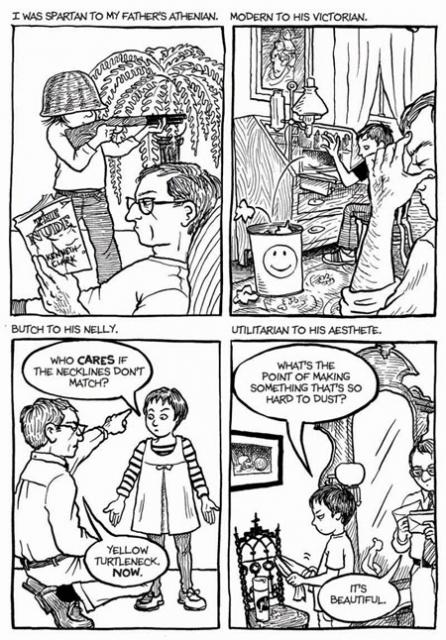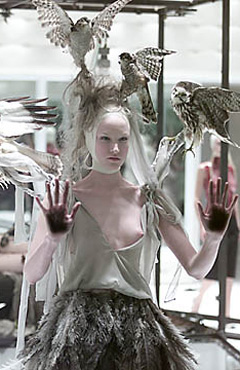Serendip is an independent site partnering with faculty at multiple colleges and universities around the world. Happy exploring!
disability

Disability's Affect on Gender
One thing I wanted to talk about: how does disability affect gender in terms of femininity/masculinity? Can disability "ungender" someone?
A specific example I'm thinking of is from the movie "The Best Years of Our Lives" which is about three WWII veterans returning home and trying to adjust to their old lives. One of the veterans lost both of his hands and they are now replaced by hooks (the actor had this happen to him, so they are real and functional). The things the character struggles most with include coming home to his fiancee/newlywed wife and feeling inadequate in terms of not being able to do certain things for himself. One of his most vulnerable scenes is near the end of the movie when the wife takes off her husband's hooks and helps him get into his pajamas. One could argue that in this movie, the veteran is metaphorically castrated by his disability. His performance of gender roles is inhibited by his disability, thus ungendering him in both the world around him and in his own mind.
Problems: world is constructed for gendered people. World is constructed for able-bodied people.
There is nothing "wrong" about being ungendered or having a disability, but in many cases people with disabilities are seen as being ungendered or nonsexual (or in some cases, hypersexualized). I have not seen much of people trying to assert their masculinity/femininity over their disability, except in the case of this blog owner:
http://www.candoability.com.au/CDA/Blog/Hot-Tips-For-Photoshoots-And-Wheelchairs_178.html









